Antibody Treatment, Showing Improvement in Recovery Time
- Pre-clinical data for Celltrion’s antiviral antibody treatment candidate demonstrate a 100-fold reduction in viral load of SARS-CoV-2 (COVID-19), as well as improvement in lung lesions
- The antiviral activity at the pre-clinical stage indicates Celltrion’s candidate could be a potential treatment for COVID-19 if the results are replicated in clinical trials
- The first in-human clinical trials for Celltrion’s antiviral antibody candidate are set to start in July
INCHEON, South Korea--(BUSINESS WIRE)--Celltrion
Group today announced positive pre-clinical results for its COVID-19
antiviral antibody treatment, with data demonstrating a 100-fold
reduction in the viral load of SARS-CoV-2, the virus causing COVID-19.
The treatment was also able to show improvement in lung lesions to a
normal activity level in animal models.
The pre-clinical study was conducted in an animal model in collaboration with one of the Korean National Universities, Chungbuk National University College of Medicine. The trial set out to assess the efficacy of two dosage amounts (low and high) for the antiviral antibody treatment. In comparison to the placebo-controlled group, the research team observed improved recovery in terms of clinical symptom scores such as runny nose, cough and body aches, after the first day of treatment. From the fifth day, significant clinical remission was observed.
Reverse transcriptase polymerase chain reaction (RT-PCR) measurement and cell culture-based viral diagnosis were used to analyse specimens from the upper respiratory tract (nasal discharge and nasal turbinate) and the lungs. The samples from the high-dose group saw the viral load reduce by 100-fold. Furthermore, lung biopsy showed that both dosage groups saw inflammation returning to normal lung tissue histopathology within 6 days as well as a shortened recovery time, whereas the placebo-controlled group experienced sustained levels of lung inflammation and complications.
This announcement follows the identification of antibody candidates for an antiviral treatment which Celltrion completed in April. In response to these positive results, Celltrion will now conduct additional efficacy and toxicity testing in pre-clinical settings and anticipates starting first-in-human clinical trials in July.
“Celltrion is drawing on its expertise, innovation and previous experience in coronaviruses, such as efforts researching the efficacy of CT-P38, an investigational antibody to treat Middle East Respiratory Syndrome (MERS), as well as CT-P27, a multi-antibody drug for influenza which is being tested in a phase 2b study, to develop a safe and effective treatment for COVID-19,” said Ki-Sung Kwon, Head of R&D Unit at Celltrion. “Celltrion is leveraging its advanced technologies to lead efforts to develop a novel antiviral antibody treatment containing potent therapeutic antibodies that can neutralise the virus. Celltrion hopes to commence first-in-human clinical trials in July and has the capability to roll out mass production of the therapeutic antibody treatment once it is ready.”
The pre-clinical study was conducted in an animal model in collaboration with one of the Korean National Universities, Chungbuk National University College of Medicine. The trial set out to assess the efficacy of two dosage amounts (low and high) for the antiviral antibody treatment. In comparison to the placebo-controlled group, the research team observed improved recovery in terms of clinical symptom scores such as runny nose, cough and body aches, after the first day of treatment. From the fifth day, significant clinical remission was observed.
Reverse transcriptase polymerase chain reaction (RT-PCR) measurement and cell culture-based viral diagnosis were used to analyse specimens from the upper respiratory tract (nasal discharge and nasal turbinate) and the lungs. The samples from the high-dose group saw the viral load reduce by 100-fold. Furthermore, lung biopsy showed that both dosage groups saw inflammation returning to normal lung tissue histopathology within 6 days as well as a shortened recovery time, whereas the placebo-controlled group experienced sustained levels of lung inflammation and complications.
This announcement follows the identification of antibody candidates for an antiviral treatment which Celltrion completed in April. In response to these positive results, Celltrion will now conduct additional efficacy and toxicity testing in pre-clinical settings and anticipates starting first-in-human clinical trials in July.
“Celltrion is drawing on its expertise, innovation and previous experience in coronaviruses, such as efforts researching the efficacy of CT-P38, an investigational antibody to treat Middle East Respiratory Syndrome (MERS), as well as CT-P27, a multi-antibody drug for influenza which is being tested in a phase 2b study, to develop a safe and effective treatment for COVID-19,” said Ki-Sung Kwon, Head of R&D Unit at Celltrion. “Celltrion is leveraging its advanced technologies to lead efforts to develop a novel antiviral antibody treatment containing potent therapeutic antibodies that can neutralise the virus. Celltrion hopes to commence first-in-human clinical trials in July and has the capability to roll out mass production of the therapeutic antibody treatment once it is ready.”



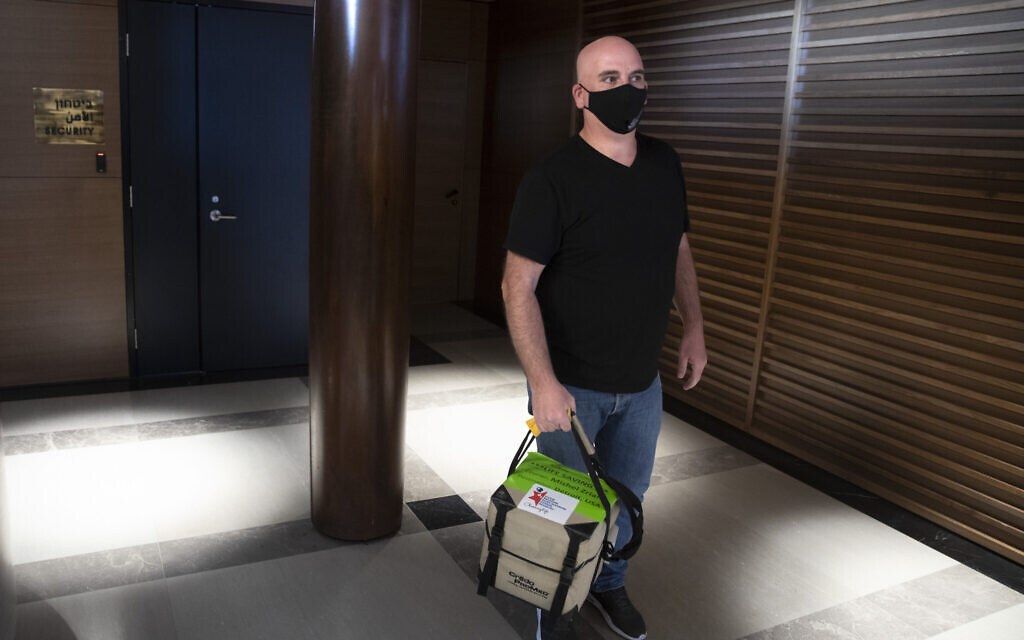
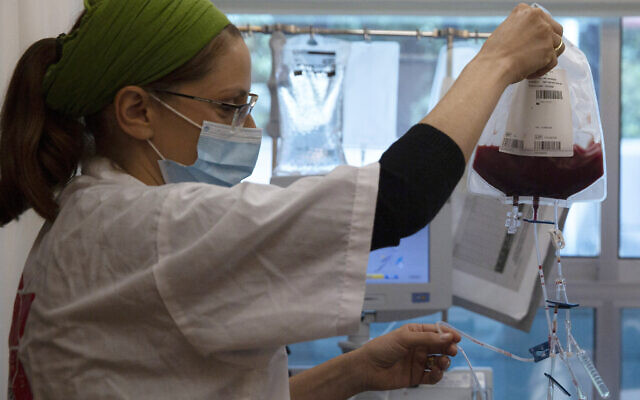


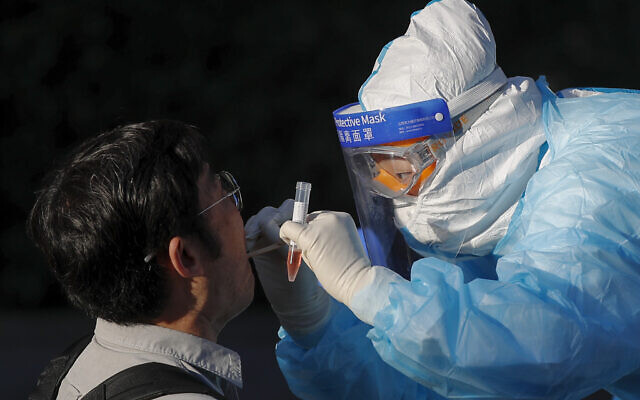
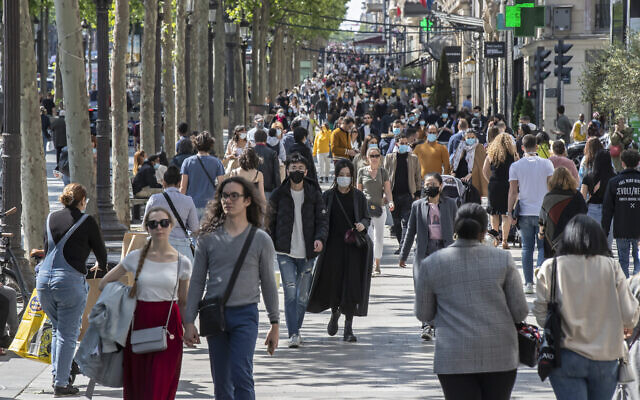





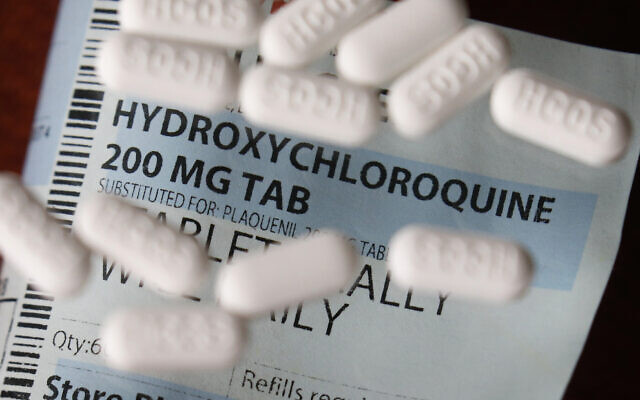
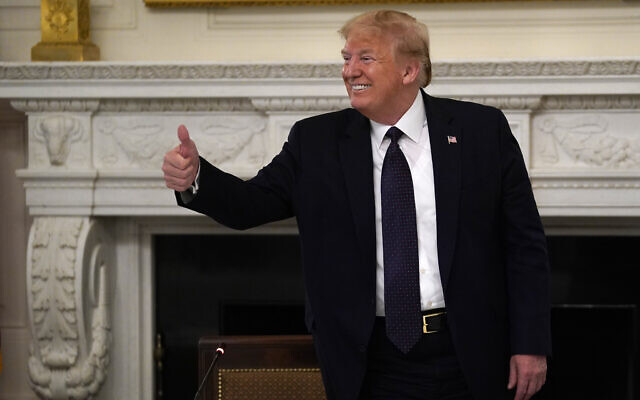


&cid=&e=5461259551b4a893fe0c287100d45c8f27d93dc212ee50c4fcc479f4fac225ef&c=proclivity_94158&pubid=202&siteid=20229&p=1)



&cid=&e=5461259551b4a893fe0c287100d45c8f27d93dc212ee50c4fcc479f4fac225ef&c=proclivity_94158&pubid=202&siteid=20229&p=2)